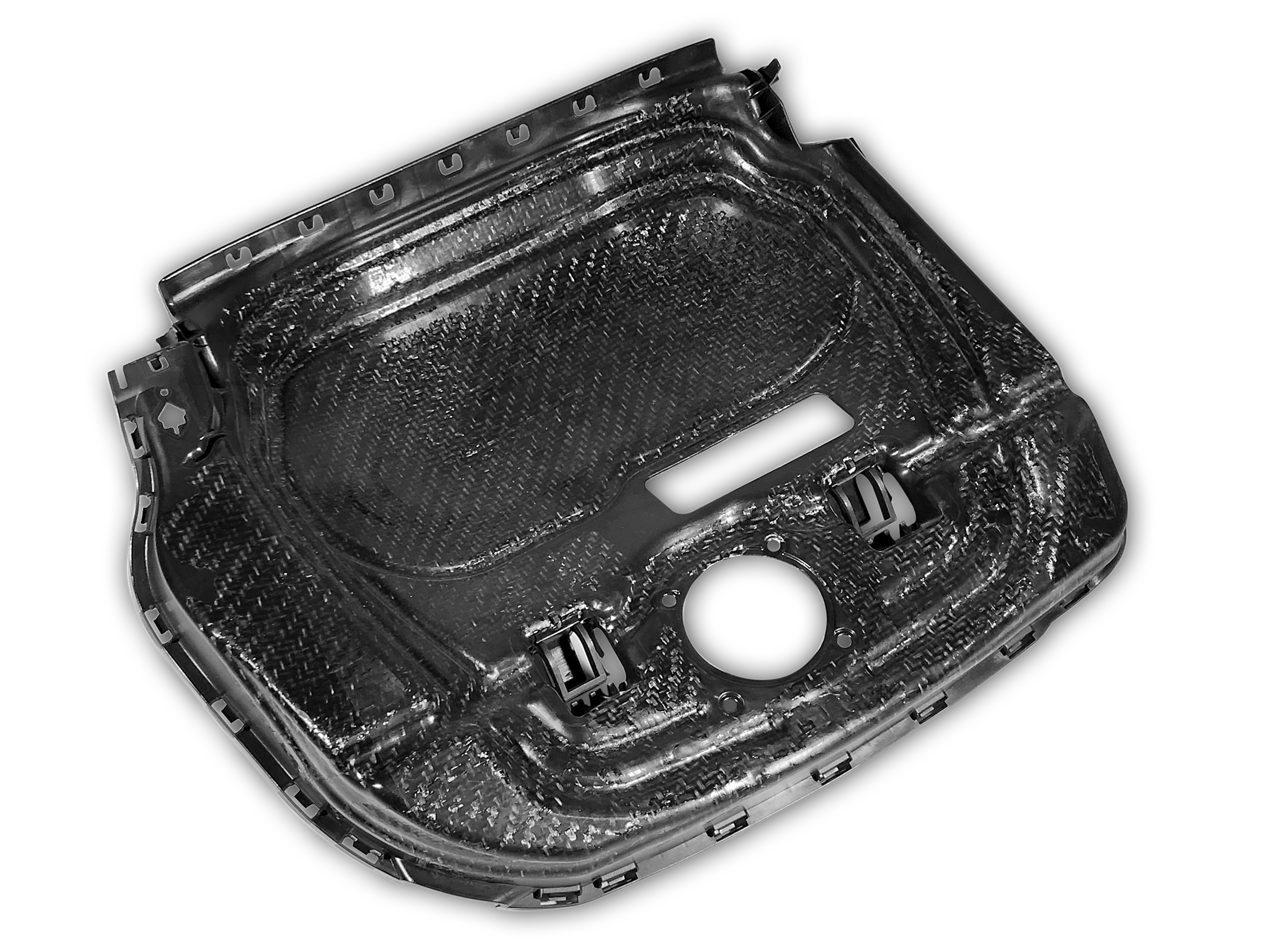
Lanxess says that its continuous fiber reinforced material has been used to make a range of structural components for the Audi A8 sedan car.
The car features two electrically adjustable individual rear seats made with a hybrid molding process using the company’s polyamide-6-based Tepex dynalite 102-RG600(2)/47% material. Lanxess’ short glass fiber reinforced Durethan BKV30H2.0 polyamide 6 is used as an over-molded material.
'The reason that our composite material was chosen for this structure was the fact that it is around 45% lighter than a comparable metal design but can also be produced cost-effectively, thanks to the high degree of functional integration,’ said Henrik Plaggenborg, head of Tepex Automotive at Lanxess. ‘It can also withstand the high mechanical loads in a crash.’
According to the company, similar seats have mainly been made using metal shells screwed onto a substructure, but manufacturing the metal shells can be time-consuming as they consist of numerous individual parts that have to be joined together by means of welding in several steps. 'In the hybrid molding process, by contrast, a ready-to-install component is created in a single process step,’ said Tilmann Sontag, project manager at the Tepex Automotive group. ‘The pre-contoured and heated semi-finished composite product is formed directly in the injection molding tool for this purpose, and equipped with numerous functions by means of injection molding.
Besides the reinforced ribs, the piping groove for securing the seat cover in place as well as numerous holders and guides for seat ventilation and cable holder are integrated into the component. The clips to attach the seat shell are also directly injected.
This story uses material from Lanxess, with editorial changes made by Materials Today. The views expressed in this article do not necessarily represent those of Elsevier.




